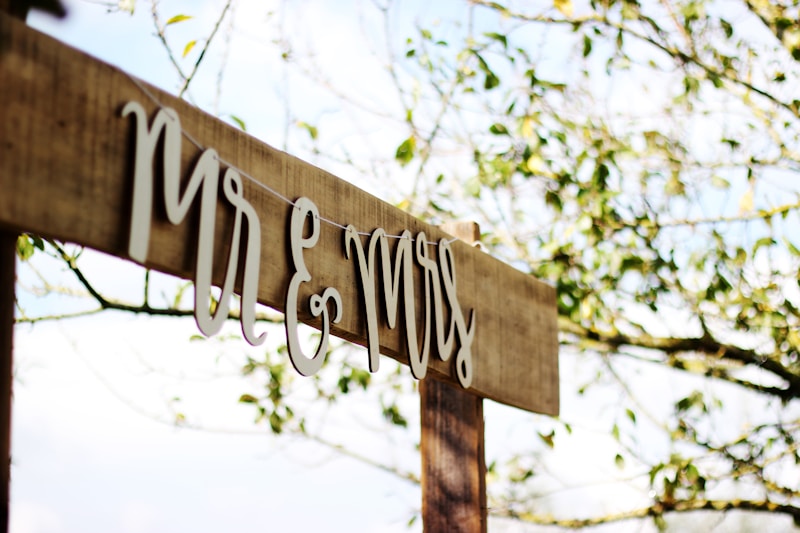Cultural Narratives Expressed Through Wedding Dress Choices
Cultural Narratives Expressed Through Wedding Dress Choices
Exploring the Deep Cultural Narratives in Wedding Dress Choices
The choice of a wedding dress goes far beyond mere aesthetics; it tells a story. A wedding dress is often a reflection of culture, tradition, and personal narratives. This article aims to uncover how cultural narratives are expressed through wedding dress choices, what these choices signify, and how they vary across different regions in the world.
The Significance of Wedding Dresses Worldwide
Wedding dresses hold immense significance in various cultures. They can symbolize familial ties, heritage, and even societal status. For instance, in Western cultures, white wedding dresses are traditionally worn to represent purity. In stark contrast, many Eastern cultures opt for brightly colored dresses, indicating joy and celebration. Below is a table highlighting significant wedding dress traditions from different cultures.
| Region | Common Dress Color(s) | Symbolism |
| North America | White | Purity, New Beginnings |
| India | Red | Prosperity, Fertility |
| China | Red | Happiness, Good Fortune |
| Japan | White and Red | Purity and Happiness |
| Scotland | Tartan Patterns | Heritage, Clan Identity |
The Impact of Cultural Narratives
Wedding dress choices are deeply embedded in cultural practices and are often influenced by historical contexts. In many cultures, the wedding dress reflects more than just individual preference; it carries societal expectations and traditional narratives that have been passed down through generations. For example, in Indian weddings, brides typically wear a red lehenga or sari, symbolizing fertility and prosperity, which are crucial in many South Asian societies.
In contrast, in North America and much of Europe, the white wedding dress symbolizes purity and a fresh start. This tradition was popularized by Queen Victoria in the 19th century. The implications of color choices in wedding dresses reveal cultural narratives that are rich and laden with meanings.
Gender Roles and Wedding Dresses
Gender roles also influence wedding dress choices. In more traditional societies, men and women have distinct roles during wedding ceremonies, and their attire often reflects these cultural ideologies. For instance, while a bride's dress is often elaborate and focused on femininity, the groom's suit or tuxedo is usually more subdued and practical. This differentiation can represent ongoing cultural narratives about gender that are prevalent in many societies.Bridal Fashion Trends: A Fusion of Cultures
In recent years, globalization has brought about a fusion in bridal fashion trends. Many brides now choose to wear a combination of traditional and modern attire, reflecting personal narratives and broader cultural narratives. This evolution can be seen in multicultural weddings, where brides might wear traditional dresses from their heritage during the ceremony and switch to contemporary dresses for the reception. Such choices can signify a respect for cultural roots alongside a modern identity.

Economic Factors Affecting Wedding Dress Choices
The local economy can also have an impact on wedding dress choices. In regions with higher incomes, brides may opt for designer gowns that are symbolic of social status and economic power. Conversely, in economically challenged areas, practical considerations may lead to simpler dresses or even second-hand options. It is essential to consider how these economic factors might correspond with cultural narratives surrounding weddings.
Personal Narratives Reflecting Cultural Identity
For many brides, the wedding dress is a canvas that allows them to express their identity. Brides often incorporate personal elements into their dress, which can tell their unique stories. This could include wearing a family heirloom, selecting specific fabrics and colors that have personal significance, or choosing a dress style inspired by their favorite historical period. Personal narratives enrich the meaning of the wedding dress, taking cultural expressions to a more individualized level.
Breaking Traditional Norms: Modern Wedding Dresses
Modern wedding dresses are increasingly challenging traditional norms. With an emphasis on self-expression, many brides are breaking away from traditional white dresses to opt for colorful or non-conventional styles. This shift reflects broader societal changes regarding marriage, gender roles, and individual expression. Such choices may also resonate with cultural narratives that are evolving, offering a new lens through which to view wedding attire.
Conclusion: Navigating the Complex Landscape of Wedding Dress Choices
In conclusion, wedding dress choices are rich in cultural narratives, reflecting traditions, gender roles, personal stories, and broader societal shifts. Whether adhering to time-honored customs or embracing modernity, the dress ultimately serves as a powerful symbol of identity and culture. As globalization continues to blur cultural boundaries, the narratives expressed through wedding dress choices will continue to evolve, showcasing the dynamic relationship between culture and personal expression. Brides-to-be are encouraged to think deeply about their choices and what they represent for them, both culturally and personally. When selecting a wedding dress, consider your cultural heritage, personal story, and contemporary influences to find a piece that resonates with you on multiple levels. Remember, your wedding dress is not just a piece of clothing; it is a narrative in fabric.
Tips for Choosing a Wedding Dress:
- Reflect on cultural traditions that resonate with you.
- Consider how your dress can integrate personal stories and modern elements.
- Be mindful of economic factors without compromising your style.
- Embrace the freedom to break norms while honoring your heritage.
Ultimately, your wedding dress should be a comfortable expression of who you are, showcasing the beauty of your unique cultural narrative.
